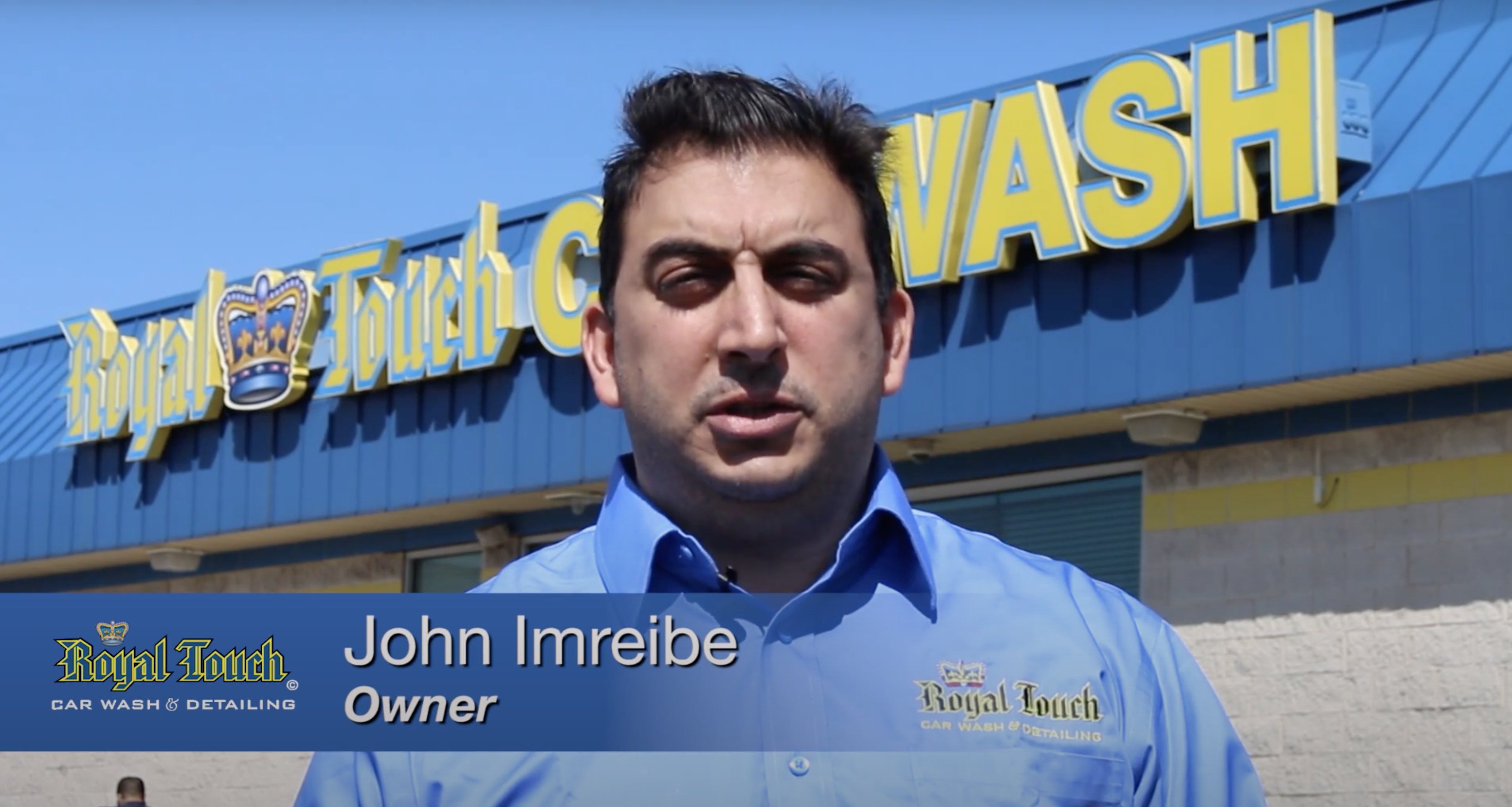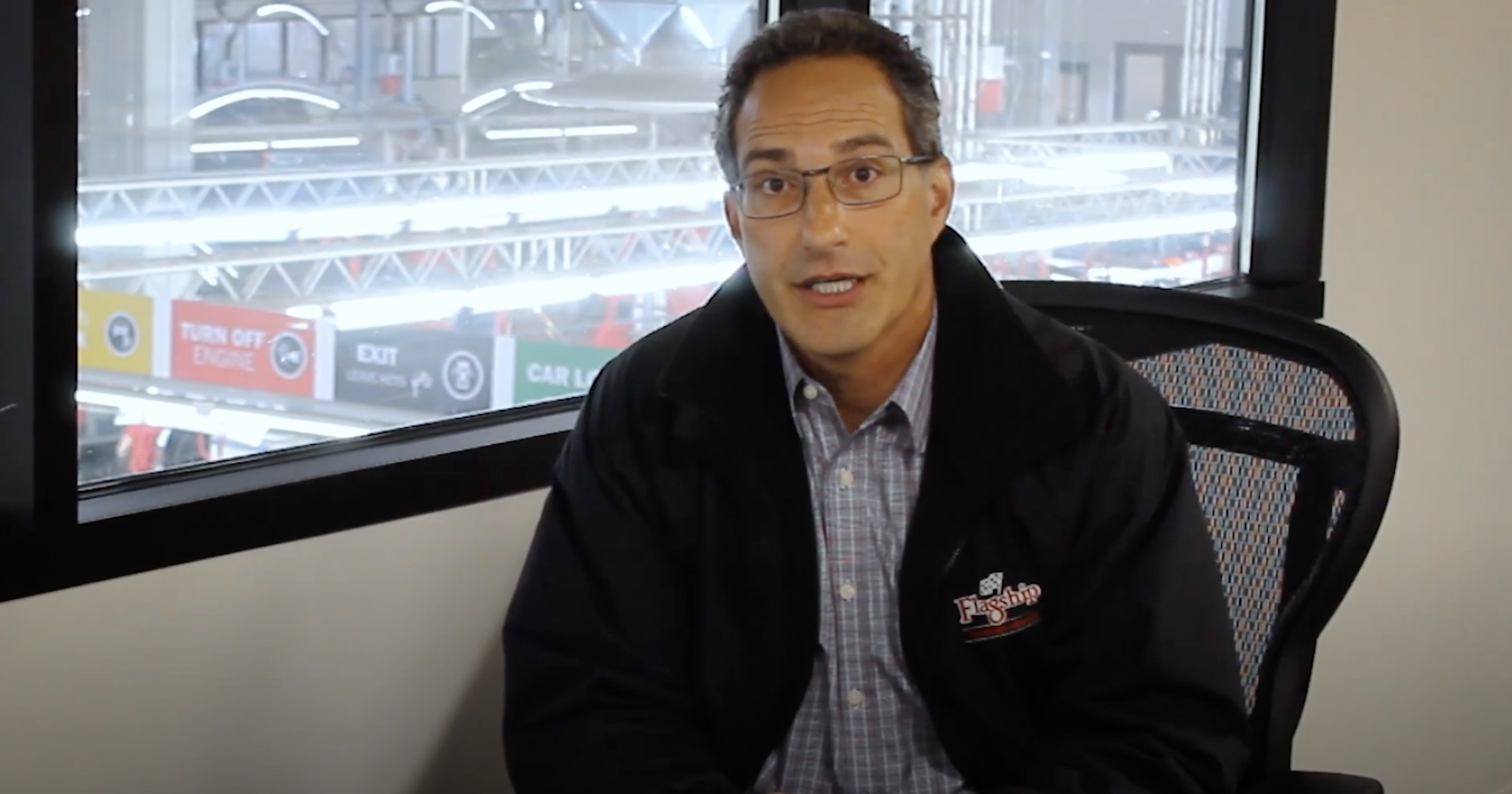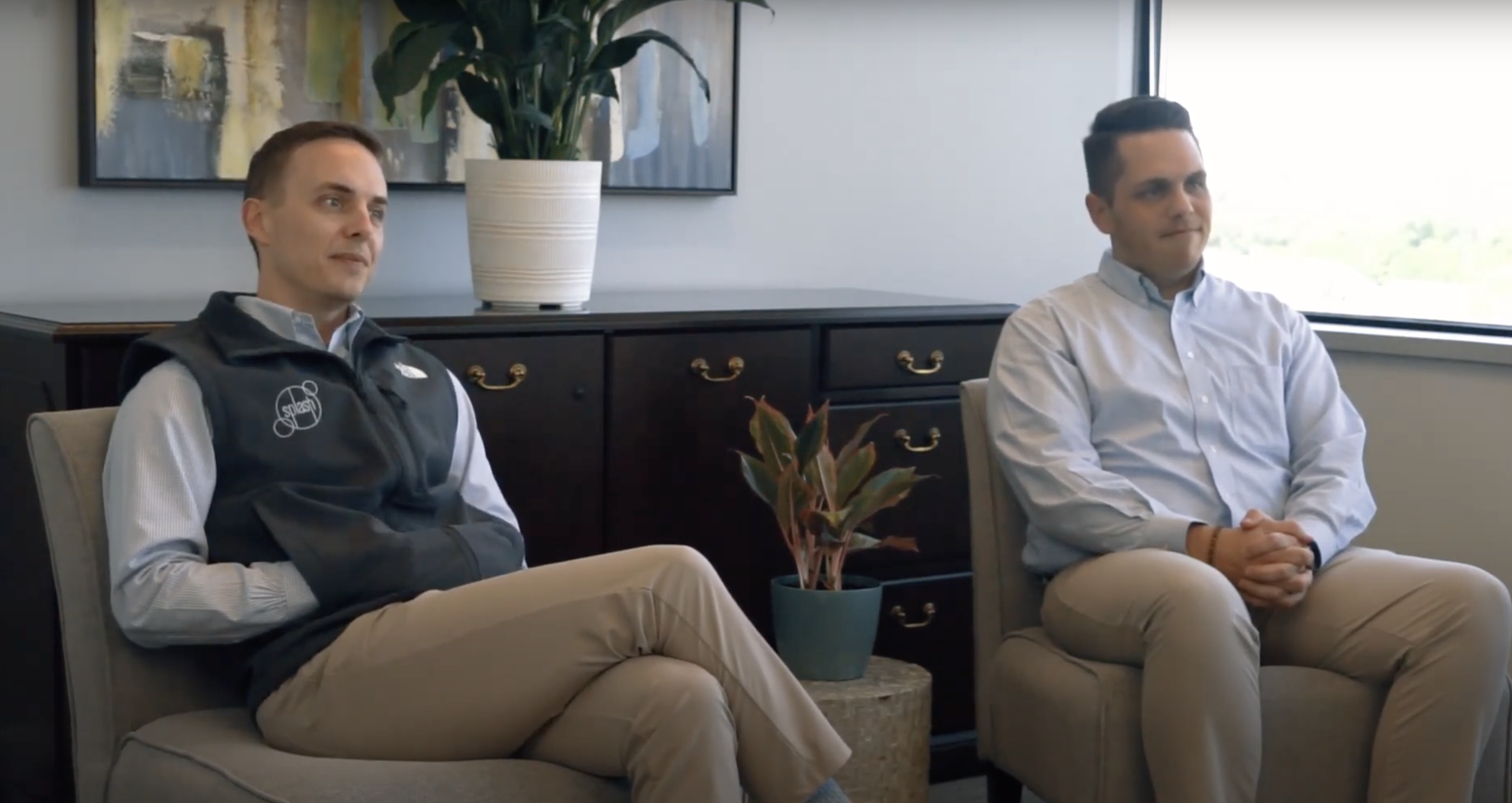
Expert Advice — Chemical Injection Systems
Hi, my name is John Imreibe. I own and operate the Royal Touch Car Wash. We have two locations in Chicago, and we’ve been in the carwash business for 18 years. Our first site was started back in 1999, and we added a second location in 2003.
The main reason for any foamed application inconsistency is due to inaccurate dilution. The typical hydrominder and air-driven pump setup rely on the volume and the water pressure in the building to achieve the correct dosage. Spikes in the number of vehicles being washed and their various positions in the tunnel affect the consistency of the foam. As more vehicles are being washed, the water pressure drops, and the dilution changes because not enough of the concentrated solution is being drawn into the hydrominder mixing tank. So now we have less lathery.
In order to compensate for this, many operators will typically increase the size of the metering tip in order to draw a more concentrated solution. Now, when the volume of the vehicle slows and a consistent building pressure can be maintained, we get thick lathery foam because the dilution is not correct.
Recently, we solved the problems of having to overcompensate by increasing the metering tip size due to the fluctuations of water volume and pressure in the building with the newer style pressurized direct injection systems. These systems have pumps that are capable of delivering your required volume of water at the set pressure regardless of the volume of vehicles being serviced. Each function in the tunnel gets its own dedicated dosing injector at the pumping station that delivers the exact flow that is needed in order to achieve excellent vehicle coverage and consistent lathery foam.
Basically, better impingement of spray means getting a more concentrated impact to the surface that we’re trying to clean. This will allow you to blast through surface dirt and get a cleaning solution to cling better to the vehicle for more [inaudible 00:03:10] time. It’ll also give us a more precise delivery to certain spots that are difficult to clean, like around license plates, front grills, and intricate wheel design. It basically gets the cleaning solution to the vehicle and not on the floor. Better impingement will also allow you to use smaller nozzle sizes, saving you water and chemicals.
They are very compact, and you would need just one water and electrical connection. They also take up very little space. We all know the cost of real estate isn’t cheap these days. You’ll be able to do more with a smaller footprint.
Some of the benefits of spreading out the equipment in the backroom include having shorter chemical runs from the chemical pumping stations to the devices in the tunnel. The longer the run, the sooner you would need to turn on that device to fill the line so that when the vehicle’s front bumper gets to the corresponding position in the tunnel, complete coverage is achieved.
Another benefit would be the cost of the hose or tubing from the backroom to the tunnel device. The closer that device is, the less hose or tubing that would be required.
The biggest drawback for spreading out equipment in the back room would be the cost of electrical and plumbing work that would be required. For example, if you have multiple pumping stations for delivering chemicals stretched out at various positions running the length of the tunnel, you would need to plumb each device with a water and electrical connection. Having the trades running water and electrical lines up and down your back room can get quite pricey. That’s why we like the new style pressurized direct injection system.



